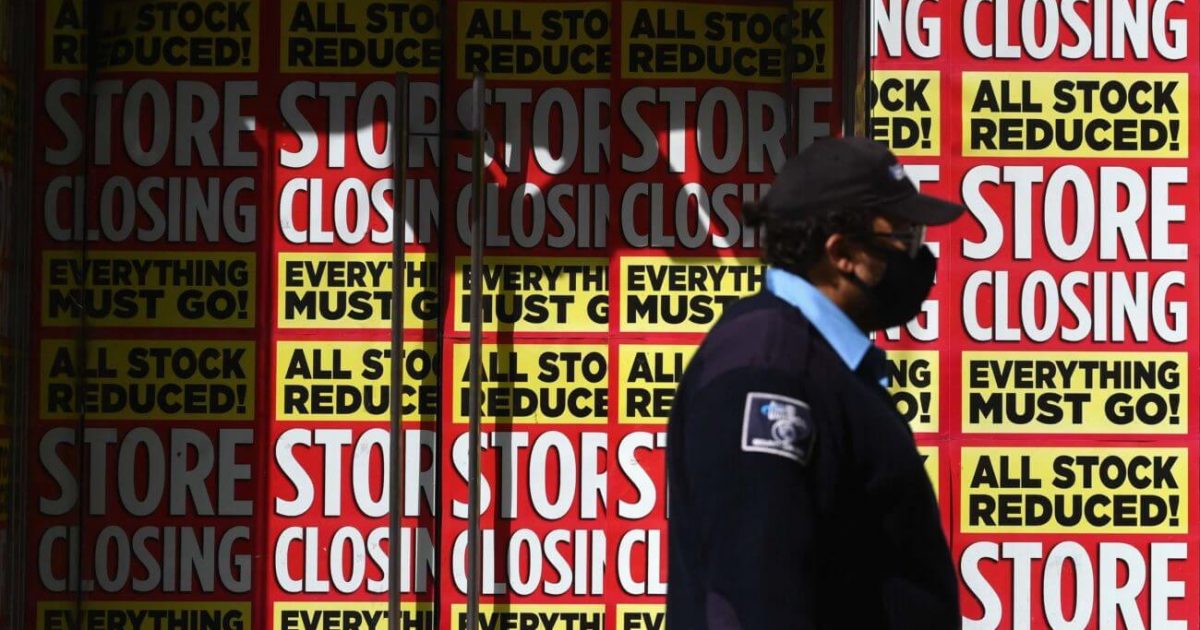- Weekly jobless claims declined to 1.877 million on Thursday, while continuing claims jumped to 21.5 million.
- Jim Bianco says the narrative stock market bulls have been using to explain away ugly labor market data doesn’t hold up anymore.
- He says these new job losses aren’t temporary layoffs – they’re going to stick.
For 11 consecutive weeks, the U.S. labor market has recorded initial jobless claims figures that absolutely dwarf anything the economy has ever seen. And for 11 consecutive weeks, the stock market has greeted the data with little more than a shrug.
Jim Bianco says it’s time for that to change. Actually, he says that should have changed a week ago.
Why the Stock Market Can’t Shrug Off Jobless Claims Anymore
Up until then, it was easy enough to explain away the historic spike in unemployment. These layoffs weren’t comparable to past economic crises because they weren’t the product of organic market forces.
Never before had the government ordered a “recession by decree,” and everyone knew that – no matter how high unemployment surged during the lockdown – most of those job losses were temporary.
We can already see that happening.
While well over 40 million Americans have filed for unemployment insurance, the government reported “just” 21.5 million continuing claims in this week’s release. Even accounting for the two week lag in continuing claims reporting, that still indicates that millions of Americans have been rehired.
But now that the economy is reopening, Bianco says this jobless claims narrative doesn’t hold up anymore. And stock market bulls had better take note.
Although the unemployment curve is moving in the right direction, the nature of these layoffs has changed. At this point, most businesses aren’t laying off workers temporarily because the government has ordered them to shut their doors.
Bianco says these job losses are going stick:
We are now 11 weeks into the shutdown and everything is restarting. If 1.8 million lose their jobs now, it’s a good bet these are permanent and not temporary furloughs.
Worse still, at least so far as raw economic output is concerned, this “second wave” of layoffs won’t be isolated to low-wage industries like retail and hospitality.
The Labor Market Crisis Is About to Get ‘Sticky’
Bloomberg Economics estimates that as many as 6 million jobs could disappear in the weeks and months ahead, and this time, white-collar workers are going to bear the brunt of the damage.
“It will get worse before it gets better—white-collar workers will now bear the brunt,” said Yelena Shulyatyeva, senior U.S. economist at Bloomberg Economics. “Even if states and businesses reopen, we’re likely to see this second wave of losses.”
This could have knock-on effects throughout the economy. One place it could manifest quickly is the housing market, which has been surprisingly resilient in the face of an unprecedented crisis. But one of the primary reasons it has been so resilient is that the households most likely to buy a home weren’t crushed by the initial unemployment shock.
That’s indicative of the threat hanging over the stock market too. While it’s true that the damage to the economy hasn’t been as grisly as many analysts feared, equities aren’t just priced for a better-than-expected rebound. Valuations anticipate a “perfect V.”
That’s going to be difficult to justify if a second wave of layoffs sends millions of white-collar workers to the unemployment line. And it’s going to grow even more challenging when they stay there.
Disclaimer: This article represents the author’s opinion and should not be considered investment or trading advice from CCN.com
This article was edited by Sam Bourgi.




